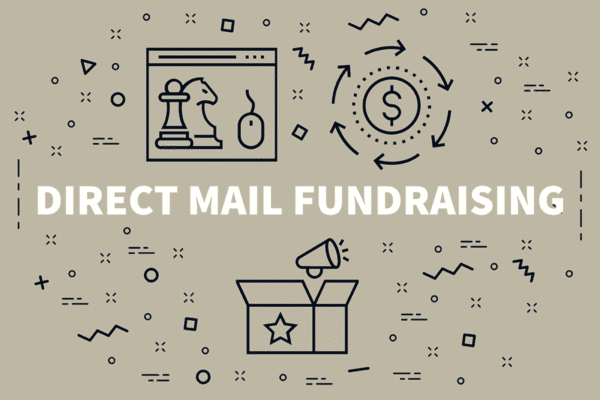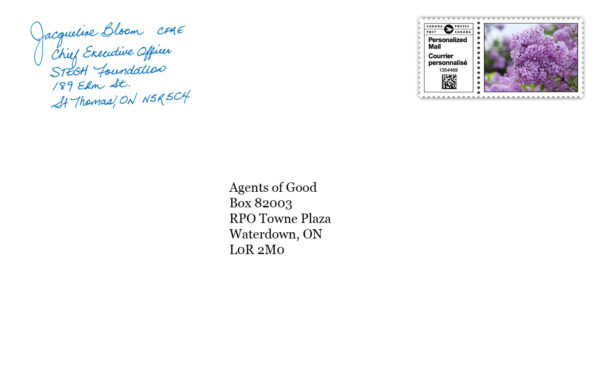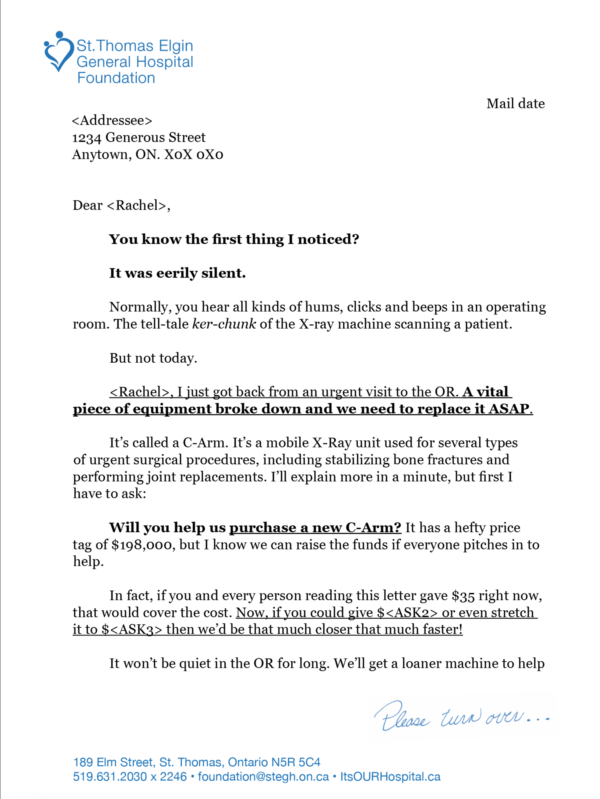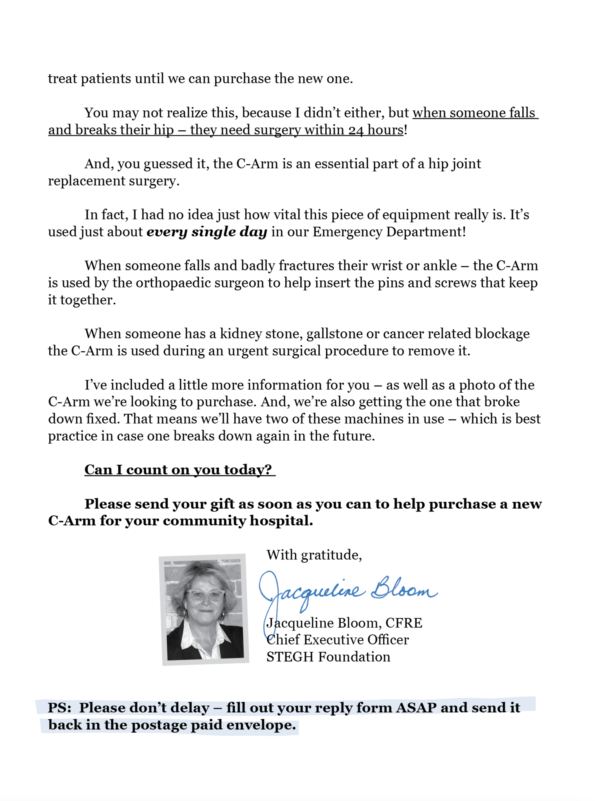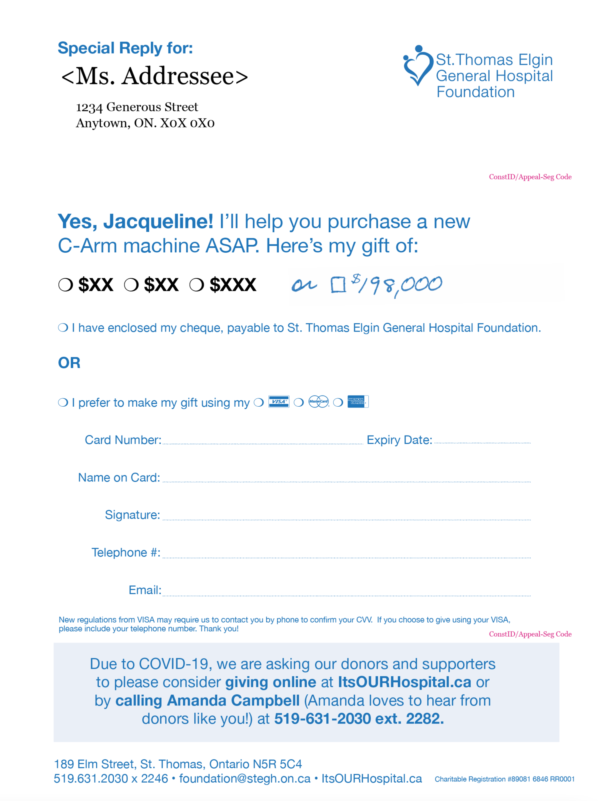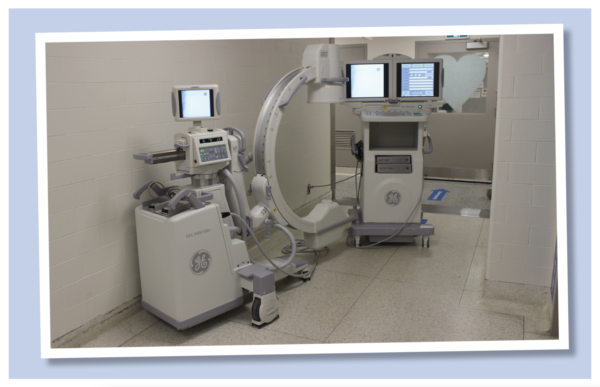Most likely you can save a lot of money by “mailing smarter” – mailing your appeals and newsletters only to the people who are most likely to respond.
Put another way: a lot of nonprofits waste a lot of money by sending their appeals and newsletters to people in their database who are unlikely to respond.
Donor Segmentation
The idea of ‘donor segmentation’ is pretty simple at heart: separating your donors into groups and treating different groups differently.
Most smaller nonprofits basically “mail everybody” in hopes of raising more money and acquiring new donors. But in my experience, they almost always waste money by doing this, and have a smaller impact as an organization because of it.
Why? Because there are people in your database to whom you should not be mailing, because it’s a waste of money.
My Default Segmentations Settings
What follows is my “default mailing segmentation settings” – what I recommend most nonprofits do for appeals and newsletters.
Donor segmentation can get super-complex, but I’m keeping this purposefully simple. (In other words; for you Nerds out there using sophisticated RFM segmentation and ongoing testing results to refine your mailing selects, this is not for you.)
For almost all printed appeals and newsletters:
Each mailing should go to all donors who have given a gift in the last 18 months. This is commonly abbreviated, “all donors 0-18.”
However, if you mail your donors less than 4 times a year, each mailing should go to all donors who have given a gift in the last 20 months.
“But What About Non-Donors?”
I can hear people asking already, “But what about all the non-donors, names and volunteers on our database? We have to mail them!”
No, you don’t.
Or more precisely, No, you shouldn’t. You almost always lose money sending a regular appeal or newsletter to non-donors: the returns don’t justify the expense.
I’ll talk more about what you should do for non-donors, down below. But for now, let’s talk year-end…
Donor Segmentation at Year-End
At the end of the calendar year more donors are more likely to give gifts than at any other time.
So it makes sense to mail your year-end appeal to more of the people on your database.
Note: this could be your “Christmas” or “Year-end” or “Holiday” appeal – whatever your biggest appeal at the end of the year is.
Here are my default settings:
- All donors giving in the past 0-24 months
- All donors $500+ farther back, 25-36 months
- All donors $1,000+ from 37 to 48 months
- Additionally, year-end is basically the only time I regularly counsel smaller nonprofits to mail to the “non-donors” or “names” from their database. But even then, I’d only mail to people who were added in the last 24 months.
To Acquire New Donors
Instead of “mail everything to everybody,” here’s a better strategy to turn those “names” on your database into donors:
- Mail them only a couple times a year
- If they have been in your database for two years and never donated, stop mailing them
- The only “normal” appeal you should send them is your Holiday/Christmas/Year-end appeal
- Send them an appeal specifically designed to acquire new donors. That appeal should:
- Directly ask them to make their first donation.
- Ask them to support one specific, compelling part of your organization. Don’t ask them to “become a supporter” or “partner with us as we…” Here’s why this approach works better in test after test: it’s easier for a non-donor to understand one powerful part of your organization than it is for them to understand the whole of your organization.
- Pro tip: if this mailing works, you can use it every year without changing it!
- Never send newsletters to non-donors
Follow this advice and you will likely save a lot of money that you’ve been wasting by paying printing and postage to send letters & newsletters to people who won’t respond.
And you’ll turn more of your “names” into donors by sending them targeted mailings.
So you’ve just increased your Net Revenue quite a bit: you’ve saved money, and you’ve acquired more new donors.
Resources for You
We just released our brand new eBook to help nonprofits get better at Asking. It’s free, go download it.
Our previous eBook, Storytelling For Action, is also a free download. It has the helpful “Story Type Matrix” that shows the research-based guidelines for what types of stories you should tell, and when you should tell them.






